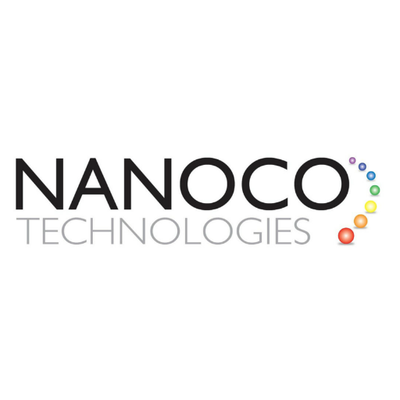A whisper of transformation is stirring in technology’s undercurrents, and it begins with something invisible to the naked eye. A quantum dot’s minute dimensions belie a world of precision. This is where materials cease to behave classically and instead follow quantum rules, opening doors to applications quietly reshaping multiple industries.
At their core, quantum dots are semiconductor crystals mere nanometres wide, so small that their electrons occupy discrete energy levels. This quantum confinement alters how these particles absorb and emit light. As the size changes, so does the wavelength of emitted light, creating a spectrum that can be finely tuned during synthesis. That property alone positions quantum dots as precision tools in optical applications, enabling sharp control over colour and brightness.
This optical tunability has become a foundational feature in next-generation displays. Whether in premium televisions, monitors, or handheld devices, quantum dots enhance image quality with more vivid colours, greater brightness, and improved energy efficiency. Their stability gives them an edge over organic dyes, maintaining vibrancy over longer product lifespans. These incremental gains quietly raise performance benchmarks across the consumer electronics sector.
Beyond entertainment, quantum dots are finding their way into medicine. Their brightness and resistance to photobleaching make them powerful markers in diagnostic imaging. In applications ranging from real-time tumour tracking to cellular tagging, their distinct emission profiles allow for multiplexed imaging, several signals measured simultaneously, each from a different dot type. This introduces a level of detail and precision in diagnostics that other methods struggle to match.
Meanwhile, energy is another arena where their potential is being explored. In solar technologies, quantum dots have shown early promise in capturing light more efficiently, potentially enabling devices that exceed the theoretical limits of conventional silicon cells. Certain configurations can even generate multiple charge carriers from a single photon, offering a pathway to greater energy conversion. Though still emerging, such capabilities are opening up conversations about what the next era of photovoltaics might look like.
There’s also a materials evolution happening behind the scenes. Early quantum dots relied on heavy metals, which posed toxicity challenges. Recent advances have steered development toward more environmentally benign alternatives. Safer compounds now replicate performance without the same regulatory baggage, broadening their appeal in health and consumer markets. At the same time, improvements in surface coatings and core–shell structures are enhancing their resilience and usability across different environments.
Production methods have also matured. High-precision techniques now allow for better uniformity in dot size and consistency in quality, critical factors when scale and integration are required. Efforts to reduce production costs and streamline synthesis have brought the technology closer to commercial viability across sectors.
For investors, the investment case doesn’t hinge on hype. Quantum dots don’t replace systems; they refine them. They embed themselves as enabling layers within larger product architectures. This means their value scales not by direct consumer adoption but through the uplift they offer to existing technologies. Whether it’s sharper images, better diagnostics, or more efficient energy capture, these gains accrue quietly yet meaningfully.
Risks remain, particularly in ensuring long-term safety, navigating regulatory landscapes, and proving economic scale in newer applications like energy storage or environmental sensing. Competitive pressures from other nanomaterials and changing market demand also factor into the outlook. But the direction is steadily forward. As infrastructure builds out around quantum dot integration, from supply chain to end-user products, the opportunity deepens.
Ultimately, quantum dots represent a low-visibility, high-leverage innovation. Their small size belies their strategic value. As sectors from electronics to medicine continue to integrate their capabilities, investors watching these convergence points may find that the most compelling technologies are those operating quietly, inside the margins.
Nanoco Group PLC (LON:NANO) leads the world in the research, development and large-scale manufacture of heavy metal-free nanomaterials for use in displays, lighting, vertical farming, solar energy and bio-imaging.






































